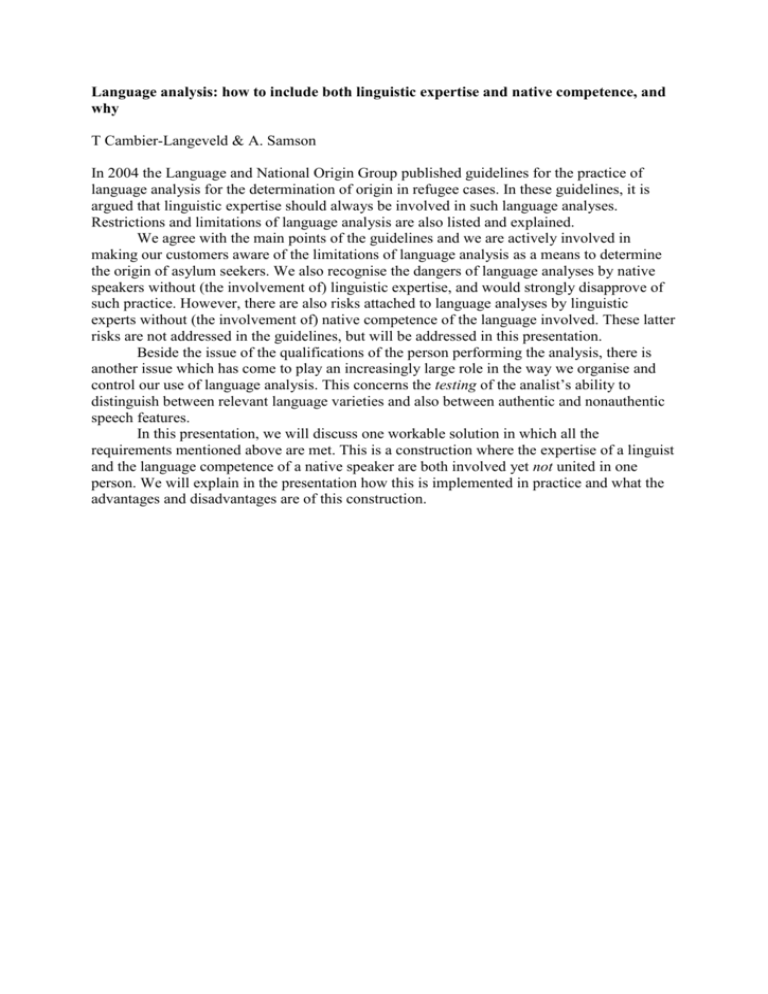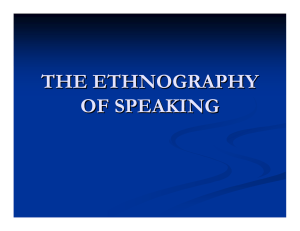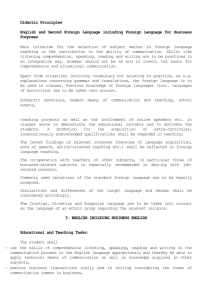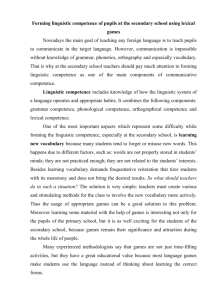Language analysis: the need to include both linguistic expertise and
advertisement

Language analysis: how to include both linguistic expertise and native competence, and why T Cambier-Langeveld & A. Samson In 2004 the Language and National Origin Group published guidelines for the practice of language analysis for the determination of origin in refugee cases. In these guidelines, it is argued that linguistic expertise should always be involved in such language analyses. Restrictions and limitations of language analysis are also listed and explained. We agree with the main points of the guidelines and we are actively involved in making our customers aware of the limitations of language analysis as a means to determine the origin of asylum seekers. We also recognise the dangers of language analyses by native speakers without (the involvement of) linguistic expertise, and would strongly disapprove of such practice. However, there are also risks attached to language analyses by linguistic experts without (the involvement of) native competence of the language involved. These latter risks are not addressed in the guidelines, but will be addressed in this presentation. Beside the issue of the qualifications of the person performing the analysis, there is another issue which has come to play an increasingly large role in the way we organise and control our use of language analysis. This concerns the testing of the analist’s ability to distinguish between relevant language varieties and also between authentic and nonauthentic speech features. In this presentation, we will discuss one workable solution in which all the requirements mentioned above are met. This is a construction where the expertise of a linguist and the language competence of a native speaker are both involved yet not united in one person. We will explain in the presentation how this is implemented in practice and what the advantages and disadvantages are of this construction.











